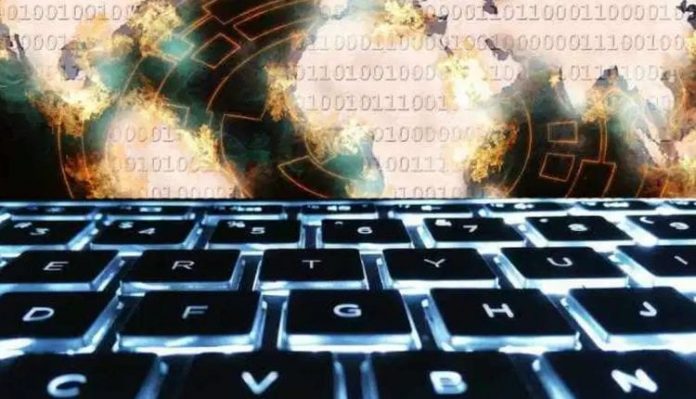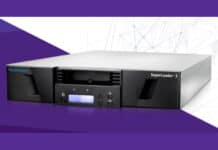The unprecedented times of COVID-19 have brought the need to ‘Go Digital’ in all aspects of life including business continuity through virtualized infrastructure at one end and work from home being the new way of operations for India Inc..
Last week, Deloitte’s 9th Global Millennial Survey 2020 stated Cybersecurity to be a top concern amongst Indian millennials, which is a clear reflection of a number of Cyber-attacks that have been witnessed on MNCs operating in India in the past week alone.
The survey further states 86% of millennials and 83% of Gen Zs agreed prefer the option to work from home in the future as a way to relieve stress.
With Work from Home (WFH) becoming the ‘new normal’ amidst COVID-19 crisis and cyber attackers and virus lurking in the shadows, enterprises can adopt a five-step approach to reassess their exposure to Cyber challenges and secure their enterprises, as per a Deloitte perspective.
Implement multi-factor authentication: Organizations should enable multi-factor authentication (MFA) across all internet-accessible remote access services including: Web and cloud-based email, Collaboration platforms, Virtual private network connections and Remote desktop services
Implement an ongoing cyber threat education and awareness program for organizational users: Educate users on current threats, the dangers of opening attachments or clicking links from untrusted sources, and the basic actions needed to prevent infection. Educating users to be wary of unexpected email messages, and to authenticate them with their ostensible senders before opening any links or attachments within them
Know your most critical data and systems and where they are located: Not all data and systems are of the same value to organisations and attackers. Knowing the ‘what’ and ‘where’ of critical data and systems allows you to target resources on your most important assets first. Critical data and systems can be overlooked, especially when trying to protect everything in an organisation. Ensure critical data is backed up and systems are recoverable
Update your patching regularly: Internet-facing infrastructure is a primary target for attackers. By patching this infrastructure, you can help prevent attackers from exploiting known vulnerabilities in the software in order to gain access to your network and systems. It is recommended to apply patches within 48 hours of release
Monitor and analyze activity on your most critical systems: A critical component of protecting your environment is to understand what is happening in real-time. Without this visibility and what has already happened to your systems and data, you are effectively operating blind.
Speaking on the recent Cyber-attacks, Shree Parthasarathy, Partner and National Leader – Cyber Risk Services, Deloitte India said,” In the era dominated by digital transformation, Indian enterprises have been susceptible to some major cyber-attacks and threats as a result of businesses transitioning to cloud with broader networking capabilities.
While these threats are not new, their sophistication and frequency have increased and there is an immediate need for businesses to draw a crisis management and resiliency plan of action.
A robust and consistent layer of identity and access management built with a multi factor authentication and encryption policy will help in aligning a thoughtful cyber security policy to overcome the dual crisis hovering over the country”, he added.














